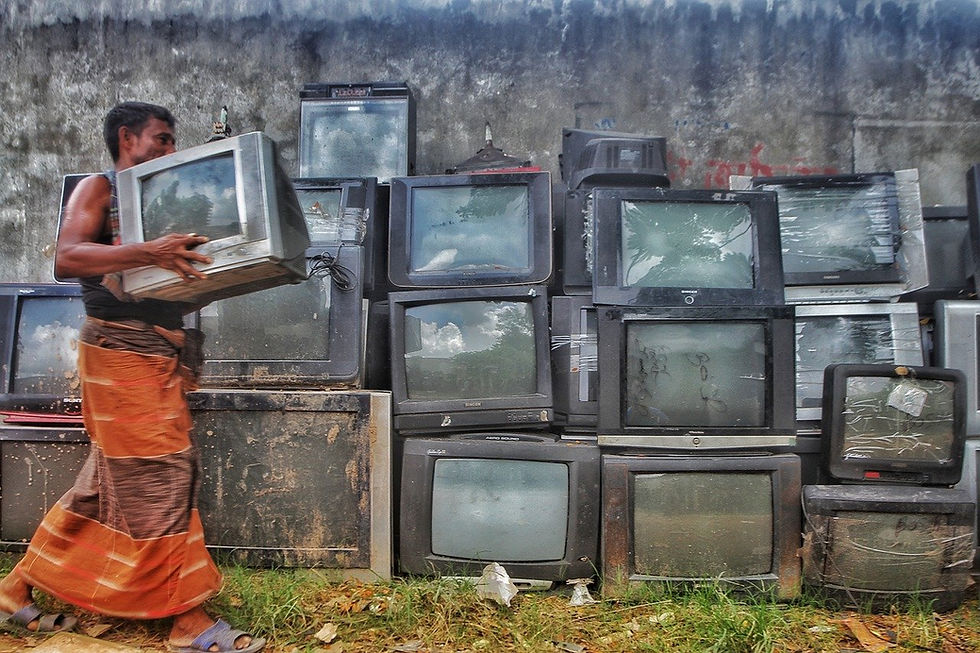Are your digital habits sustainable?
- Anastasia Dedyukhina

- May 18, 2021
- 3 min read
Updated: Jun 1, 2021
We talk a lot about reducing carbon footprint. We drive less and take public transport; many limit, how many flights we take. But often we don't think that our digital habits might have an even stronger impact on the environment. Whatever you do on your phone and computer (even installing a new app) has an impact on the environment.

Consider these facts:
With every email you send, you release an average 1g of carbon emission.
One hour Zoom meeting call on a team of 6 participants releases 0.05kg of CO2 if running on HD 1080p. If the team uses a better quality of the call (HD720p) or Gallery view, emissions jump to 6.78kg per call. You can check the impact your team is making by conducting video calls here.
One hour of online streaming in HD (Netflix, Youtube) on high-speed wifi creates about 36g of CO2 - it's more than you'd be boiling a kettle for 1 hour or driving 335 meters in a new car. (This is a conservative rough estimate, some researchers say it's more. Final numbers depend on which country you are based in and the % of clean energy in this country power system).
The amount of YouTube videos watched in the world amounts to over a billion hours, and resulted in just over 11 million tonnes of CO2 being released into the atmosphere. This was roughly the same amount of carbon emitted by a city the size of Glasgow or Frankfurt.
If internet were a country, it would be the world's fourth largest emitter of CO2 after the US, China, and India and would rank sixth overall for electricity usage.
Bitcoin mining currently consumes as much energy as the whole country of Argentina.
You may wonder, what can you do given the size of the problem? We have put together five simple actions you can take today to reduce your carbon footprint thanks to modifying your digital habits. Share it with your colleagues, friends and children. Step by step, we can change social behaviour.
1. Delay upgrade
An average person will own 42 phones in their lifetime, but of those only 20% get recycled. If you can hold to your laptop or smartphone for a longer time (3-5 years), you will make a considerable impact.
2. Reduce screen brightness
This helps not only your eyes, but also consumes less energy.Reducing your computer monitor brightness from 100% to 70% can save up to 20% of the energy the computer monitor utilises. Most of us won't even notice a difference in our monitor’s brightness.
3. Switch off your computer and wifi when you aren’t using it
Self-explanatory.
4. Clean up your device memory
Regularly delete redundant photos or screenshots in cloud (iCloud or Google Drive etc) and emails that you won’t need again (and unsubscribe from newsletters you never read). This prevents data being stored unnecessarily (and so consumes less energy in the data centre).
Get rid of the apps on your mobile phone that you don’t use – the use your phone energy faster, which means you need to charge more often.
5. Offset your carbon footprint
For example, donate to charities that plant trees. An average tree can absorb about 10 kg of CO2 per year.
If you would like to help others change their digital habits and make them more sustainable, check Consciously Digital coach training course certified by International Coaching Federation.
(Special thanks to Shane Herath for contribution for contributing to this post)





Comments